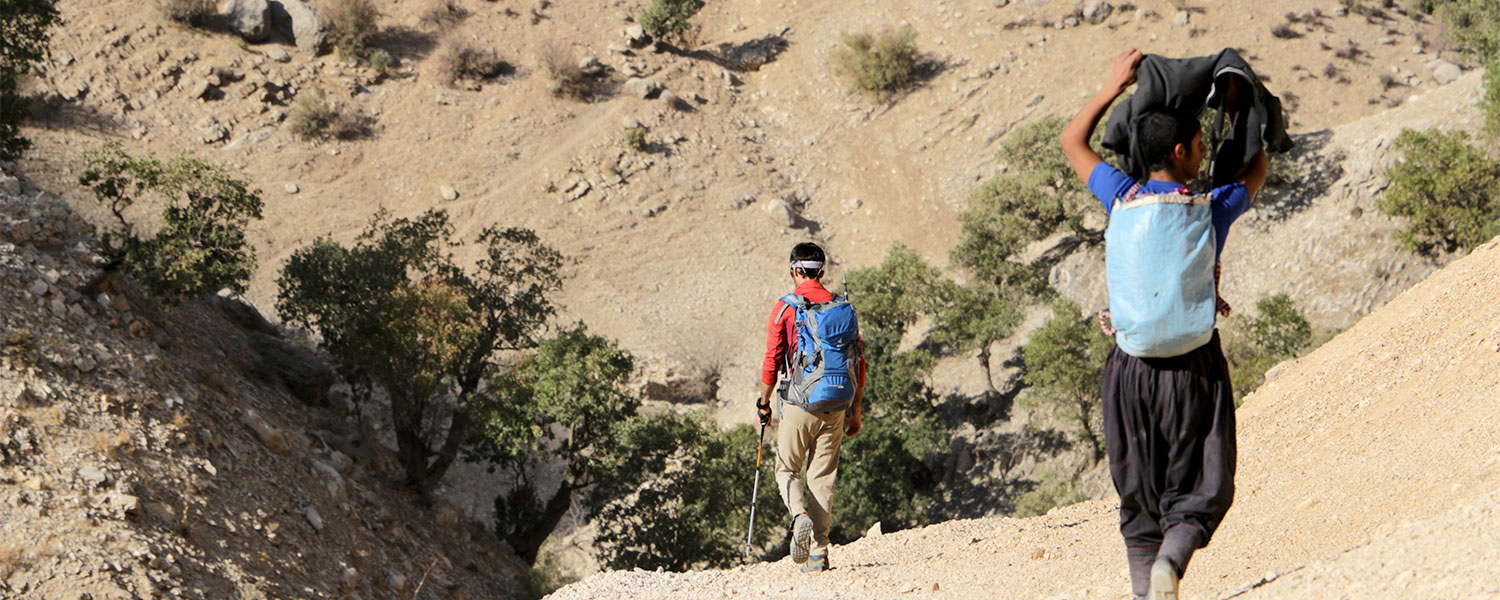
Dena range part 2 - Flora & Fauna
Dena range part 2 - Flora & Fauna
In first part, we talked about the location of Dena mountain range and the routes to reach and different ridges. In this text, IMT will guide you to climb the highest peak of Dena; Bijan III peak. Bijan III or Qash Mastan is the highest peak of Dena with a height of 4,450 meters. The history of the first ascent of this peak dates back to 1954 by Jalil Katibei, a pioneer of Iranian mountaineering.
Guide to climb the peak to Bijan III 3 or Qash Mastan:
- From Khafr village in the western direction, passing through the beautiful apple orchards, we reach the beginning of “Tang Hall Gharibun” (Dej Mountain). On the side and in the opposite direction of the water channel of the gardens, in the west direction, we reach the metal shelter with a 3-hour mountaineering. (Due to the lack of shelter on the way, you must walk the route with enough guidance and information). The shelter is clean and full of water so don’t worry about water shortage. Next, from shelter to the peak, in the northern direction, the road passes through Tang-e Qash Mastan.
From the northern front, when we start the climb, we have a gorge with a steep and very large slope. There are no more side roads in the strait and it ends at the southwest and the highest point at Moorgol Pass. It takes an average of 7 hours from shelter to Morgol pass (of course, depending on the amount and type of snow in Qash Mastan snowfall) and one hour from the pass to the peak. - The other way to climb the peak of Qash Mastan is following the ascent of the ridge and the peak of Benroo, the IMT guides will help you for climbing thorough the route.
- The other way, which is technical and less used, is the southern ascent from Benroo pass just below Qash Mastan peak, which needs support with a rope about 15 meters at the end of the rocks, and from the pass in 30 minutes. We reach the summit.
As you know, the mountain routes should be passed by local guides so for more information, send us a message.
Flora and Fauna of Dena region
Dena Protected Area is one of the richest sources of medicinal and non-medicinal plants in the country. The region is also full of natural attractions too, there are also different fruits like grapes, apples, walnuts and honey are also the main souvenirs of this city. Among the forest trees of this region, oak, millet, wild almond, wild pear, willow and herbaceous and shrub cover including astragalus, cotton grass, wild barley, mountain onion and basil are most common ones.
The wildlife of this region has been rich in the past and the diversity of wildlife has been quite evident in all areas of Dena. Large brown bears, partridges, eagles, vultures, vultures, leopards, wolves and feral cats, along with goats and peacocks, are different species of animals. Rams and ewes are also breeding in the Dena Protected Area, which has created a great opportunity for interested tourists to photography or birdwatching. The mentioned animals and plants arent only attractions of the region, other stunning attractions of Dena Mountain range are its caves, springs and rivers and also Nomads!
The high mountains are the most beautiful, spectacular and majestic manifestation of the creation system of this region, which is due to the fact that the existence of nomads. The movement of nomadic individuals and families between summer (cold) and winter (tropical) territories with the aim of gaining access to fresh pasture fodder for cattle grazing and avoiding extreme heat and cold. Nomadic migration is usually carried out with the participation of all household members, cargo and portable shelter in the form of tribal classes or today individually and as a single family.
Watching the life style on Nomads and spend time near them is always a great and unforgettable opportunity for tourists.